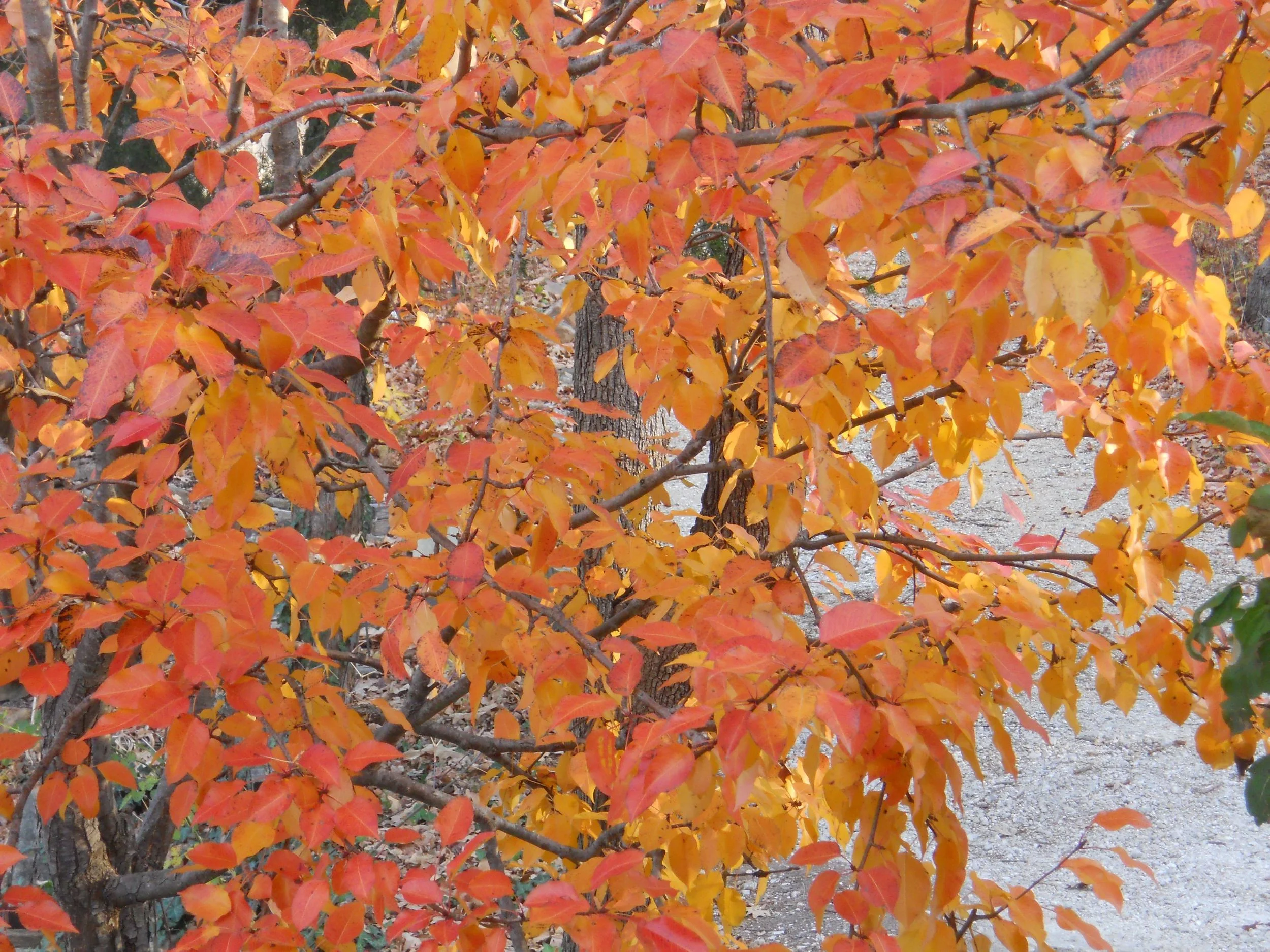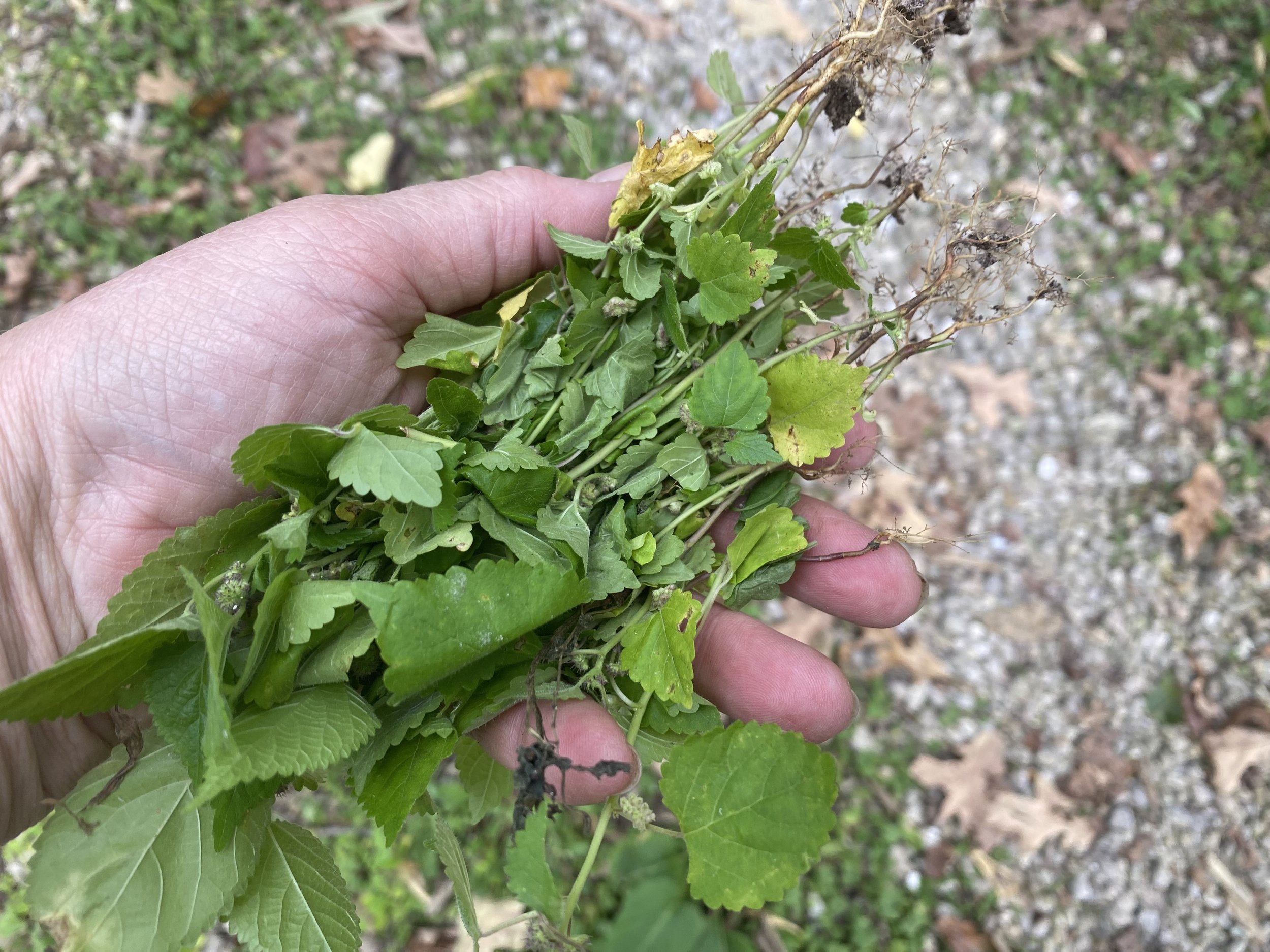Mulberry Weeds
/Mulberry weeds have sweet purple flowers as they grow in my driveway gravel. (charlotte ekker wiggins photo)
Mulberry Weeds
I remember when these invasives were first introduced to my hillside garden. They were growing in a pot of perennials I bought on sale. I didn’t recognize the invasive at the time so I let it grow to see what it was. Who doesn’t like a two for one sale!
However. This is how many invasives make their way into our gardens. According to d***
Mulberry weeds, also known as Morus alba or white mulberry, are invasive plants that can quickly spread and crowd out native vegetation. These weeds are particularly an issue in many parts of North America. Here's a description of mulberry weeds and some ways to eliminate them:
Appearance: Mulberry weeds have simple, serrated leaves that are typically lobed and heart-shaped. The leaves are often glossy green on top and paler underneath.
Fruit: One of the most distinctive features of mulberry weeds is their fruit. They produce small, sweet, and dark-purple to black berries that are edible for both humans and wildlife. While the berries are tasty, the prolific seed production of these plants contributes to their invasive nature. They will distribute seeds when they are as little as three inches tall.
Habitat: Mulberry weeds can grow in a wide range of habitats, including open fields, disturbed areas, roadsides, and forest edges. They are highly adaptable and can tolerate different soil types and moisture conditions.
How to Eliminate Mulberry Weeds
Manual Removal: For small infestations, you can manually remove mulberry weeds by cutting them down to ground level or digging out the roots. Be sure to remove all plant material, including the roots, to prevent regrowth.
Mowing: Regular mowing can help control the growth of mulberry weeds in open areas. Mow them down before they produce fruit to prevent seed dispersal.
Mulch and Ground Cover: Planting ground cover plants or applying mulch in the affected area can help smother and suppress mulberry weeds. This can be especially effective in garden beds and landscaped areas.
Prevention: The best way to deal with mulberry weeds is to prevent their establishment in the first place. Avoid planting them in your landscape, and be vigilant about removing young mulberry plants before they become established.
It's important to note that controlling mulberry weeds may require ongoing efforts, as they can be persistent and continue to produce seeds that contribute to their spread. Additionally, it's crucial to adhere to local regulations and guidelines for weed control, as well as to consider the potential impact on native ecosystems when managing invasive species.
Charlotte













